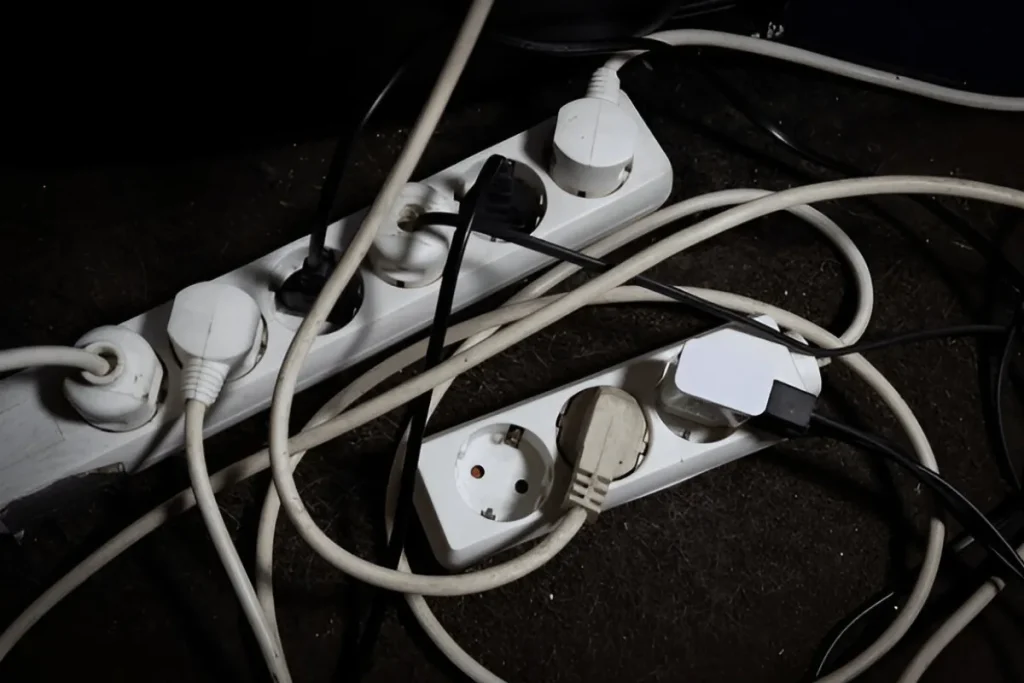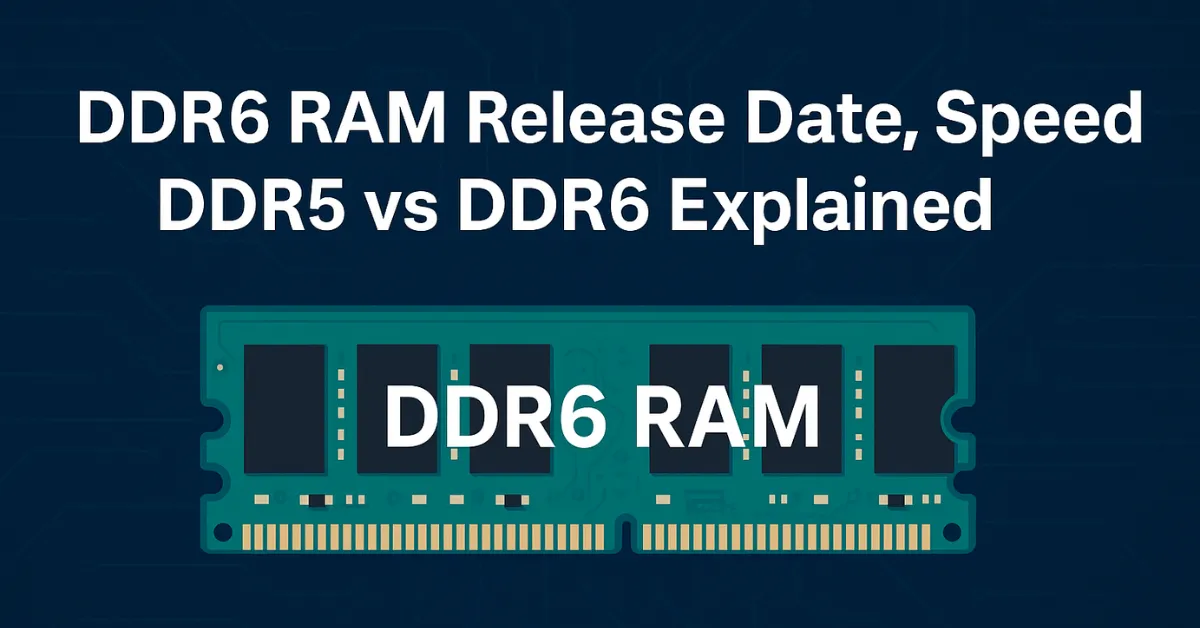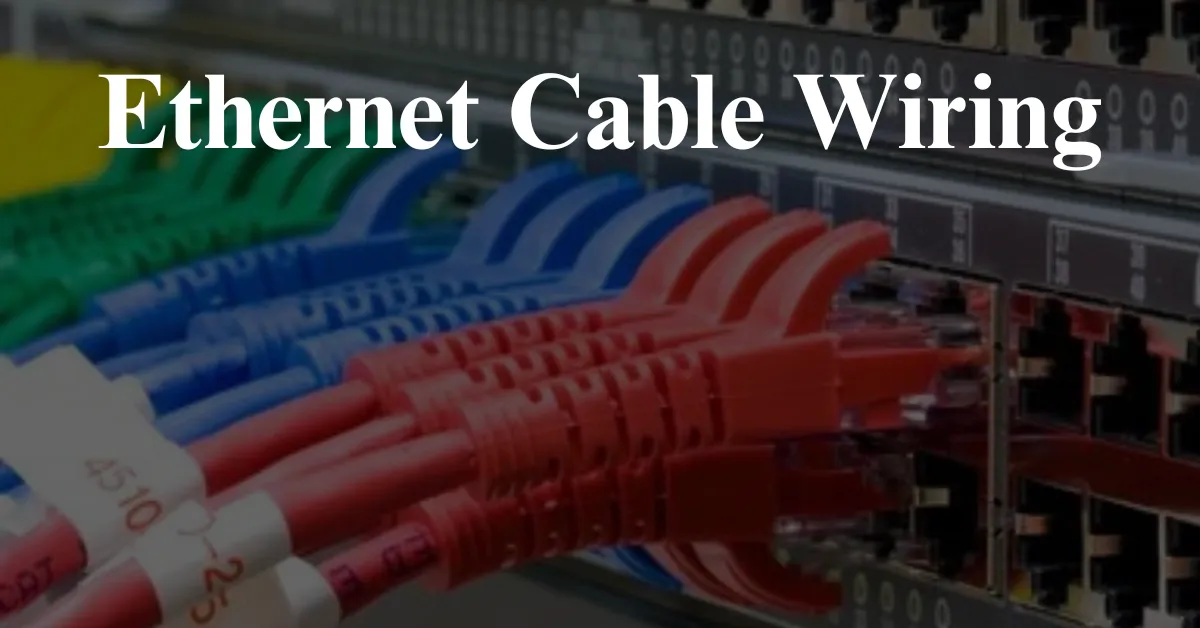Understanding Daisy Chaining | What Is a Daisy Chain & Safe Setup
Many people struggle to connect multiple devices properly. This leads to confusion and safety issues. Daisy chaining can cause problems like overloading circuits or causing signal loss.
Understanding the basics is the key to solving these issues. This guide will help you learn the meaning and how to safely and efficiently implement daisy chains in various applications.
What is Daisy Chaining?

What is a Daisy chain? It is a method of connecting multiple devices in a linear sequence. This allows signals or power to pass from one device to the next.
The term comes from stringing daisy flowers together in a chain. This method is used in many fields including daisy chain electrical engineering and computer networking.
Types of chaining
Electrical Engineering:

What does chain mean electrical? Daisy chain connects outlets, switches, and power strips in this field. It is common in both residential and commercial settings.
Outdoor Power strips and surge suppressors can be daisy-chained. Power surge bars can also be used in chaining.
Power strips with USB can be used to chain multiple devices. Chain electrical wiring, electronic outlets, chain GFCI outlets, and chain receptacles are common practices in this field.
Understanding the proper color coding of fiber optic cables is essential to maintaining an organized and efficient setup.
Can you plug an extension cord into a power strip? It can be risky if not done correctly. Always ensure that the total load does not exceed the capacity of the USB power strips and the outlet.
When implementing daisy chains, choosing the right cables is crucial. Cat5 and Cat6 cables offer distinct advantages depending on your needs.
Computer Hardware:

What does Daisy Chain meaning in computer hardware? A Daisy chain is used to connect multiple peripherals. For example, you can link several Dell monitors or any other monitors using a single cable.
USB hubs can be daisy-chained. They reduce clutter and simplify connections. HDMI monitors can also be connected in a daisy chain for extended displays. Computers and GPUs often utilize this method.
When daisy chaining multiple devices, running a GPU test can help ensure that your graphics processing unit maintains stable performance under the increased load from connected devices.
Use high-quality cables to maintain a strong signal, such as Thunderbolt or USB-C cables for stable connections.
In a digital workspace, connecting multiple monitors or using efficient apps like Goodnotes or Notability can enhance productivity.
Audio Equipment:

Guitar pedals, powered speakers, and audio interfaces are often daisy-chained to create complex setups. This method allows musicians to link multiple devices easily.
Chain JBL speakers to create an immersive sound experience.
Display Technology:

Monitors can be connected in a series to extend or duplicate displays. This is useful for multitasking or creating large workspaces.
Daisy chain screens to extend or duplicate displays. Routers can also be connected in series for efficient chain networking.
Connecting multiple displays can enhance your presentation in implementing the 3Ps strategy
What is Daisy Chain Key Components and How It Works
Each device is connected to the next in a daisy-chained system. Signals or power flow through the chain from the first device to the last.
Proper planning is crucial to ensure the system works efficiently. The components must be compatible and capable of handling the required load.
Examples of Daisy Chain in Different Contexts
Home Offices:
Connecting multiple monitors to a single computer is common. This enhances productivity by providing more screen space.
Music Studios:
Musicians use daisy chains to link various audio devices like MIDI and guitar amps. This creates a seamless setup for recording and performances.
Networking:
Daisy chain switches help expand the network. This method is cost-effective and easy to implement.
Power Supplies:

Power strips with a daisy chain connector provides additional outlets. However, it is essential to avoid overloading the system.
Technical Aspects
Signal Transmission
Signals pass from one device to the next in a sequence in daisy-chained systems. This method reduces the need for multiple cables and simplifies the setup.
However, signal strength can weaken as it moves along the chain. It is crucial to use high-quality cables to maintain a strong signal.
Network Chain Topology and System Access
The Daisy chain is a common network topology. Devices are connected in a line. This makes system access more straightforward.
This setup is cost-effective and easy to implement. It is often used in small networks where a simple connection is sufficient. Unmanaged switches can simplify connections in such setups.
Daisy chain power supplies can save space and reduce costs. It allows multiple devices to share a single power source.
However, the total load must not exceed the power supply’s capacity. Overloading can lead to overheating and potential fire hazards. A right angle power strip and construction power strip can help manage space effectively.
Understanding Daisy Chain Wiring
Electrical chain systems involve connecting outlets or devices in series. This method is simple and flexible. Ensure total load is within safe limits to prevent overheating when wiring outlets in series.
This makes it a popular choice in various applications. It can lead to increased voltage drop and difficulty in troubleshooting.
Be cautious of the total load when you chain extension cords. Hard drives and other computer components often rely on proper daisy chaining for efficient performance.
Ensure all connections are secure. Make sure load limits to prevent issues when working with chain electrical wiring.
A lighting chain wiring diagram can help visualize the connections. When working with chain electrical cords and chain cords.
Ensure all connections are secure and within load limits to prevent issues. An extension cord chain can be used for flexibility but to avoid overloading.
Cost-effectiveness: The daisy chain reduces the need for multiple power sources. It saves money.
Simplicity and Flexibility: This method is easy to implement. This can be adapted to different setups.
Space Conservation: Daisy chain helps conserve space by reducing the number of cables and outlets needed.
Practical Considerations
How to Chain Power Strips

DC chain power cords or strips involve connecting multiple strips to a single outlet. This provides more outlets. It can be risky if not done correctly.
Always ensure that the total load does not exceed the capacity of the long power strips and the outlet.
Power strip long cords can help manage connections more efficiently. Daisy chain outlets can help distribute power more efficiently.
Step-by-Step Guide for Daisy Chain Monitors and Networking Devices
- Identify Compatible Devices: Ensure the devices you want to daisy chain are compatible.
- Connect the Devices: Use appropriate cables, such as DisplayPort or HDMI, to connect the devices in series.
- Configure Settings: Adjust the settings on each device to ensure they work seamlessly together.
- Test the Setup: Verify all devices are functioning correctly. Verify the signal is consistent throughout the chain. Can you chain Ethernet switches? Yes, for networking, chain networking devices like chain Ethernet switches and routers for efficient connections.
Safety Considerations and Precautions
Following safety guidelines is crucial. Avoid overloading the system and use quality cables.
Regularly inspect the connections for wear or damage. Ensure the setup does not exceed the recommended load for power strips and outlets.
Using medical-grade power strips can provide additional safety for sensitive equipment. Chain surge protectors are available, but avoid plugging them into each other.
Just as understanding the function of a radiator is crucial for heating efficiency, understanding the load capacity of your daisy-chained devices is vital to prevent overheating and ensure safety.
Ensuring Safety in Daisy-Chained Electrical Systems
Proper safety measures are vital when implementing daisy-chained electrical systems. Be mindful of the total load to prevent overheating and fire hazards.
Document the setup and connections to make troubleshooting easier. Be aware of the potential for increased voltage drop in longer chains.
Limitations and Alternatives
Problems, Risks, and Safety Concerns
Daisy chains can lead to overloading and safety concerns. Connecting too many devices may exceed the power socket strip capacity. This causes overheating and fire hazards.
Using multiple power strips or surge protectors together can also be dangerous. Always check load capacity and follow safety guidelines. Utilize portable surge suppressors and commercial surge protectors for better safety.
Solutions and Alternatives
Use quality power strips and cables to avoid issues. Regularly inspect connections for damage and keep the load within safe limits.
Consider other network topologies that offer more robust solutions like star or mesh. Using dedicated circuits can prevent overloading and ensure a safer setup. A vertical power strip can help manage space and improve safety.
A vertical power strip can help manage space and improve safety. Amps, amplifiers, and batteries can also help distribute power effectively.
Wiring 3 chain outlets in parallel or series is an alternative method to distribute power more evenly. Wiring chain electrical outlets in parallel ensures each outlet receives the same voltage.
Daisy Chain vs Parallel
When deciding between daisy chaining and parallel connections, it’s important to consider the intended application. Daisy chaining connects devices or outlets in series, passing power or data from one device to the next. This method can be efficient, but it limits the number of devices that can be safely connected.
On the other hand, parallel connections allow devices to share the same power source, providing each device with an equal amount of power. This configuration is often used in wired electric setups where consistent power is needed across all devices.
Chain lock refers to securing devices in a daisy-chained setup to ensure the system remains stable and protected from accidental disconnections. For decorative applications, such as with lights or holiday setups, electric daisies can be used in a daisy-chain fashion to create a stunning, illuminated display.
Case Studies and Examples
Real-World Examples of Successful Daisy Chains
Office Setups:
Many offices use daisy chains for monitors. This setup increases productivity by providing more screen space.
Home Theaters
Connecting multiple Bluetooth speakers in a daisy chain enhances sound quality. It allows for a more immersive sound experience.
Proper management of Christmas lights can enhance functionality. Managed fans also ensure efficient and secure operation.
Lessons Learned from Failed Daisy Chain Attempts
Overloaded Circuits:
One common issue is overloading circuits. This happens when too many devices are connected. Planning and monitoring the load can prevent this.
Inconsistent Signals
Another problem is inconsistent signals in chained devices. This can be due to poor-quality cable chains or long chains. Using high-quality cables and limiting the chain length can help.
Understanding and using the daisy chain can improve efficiency in many areas. Follow best practices to avoid common problems. Always prioritize safety for the best results.
FAQs
Is daisy chaining okay?
It is generally okay for certain low-power devices but may cause problems if used with high-power devices or if the chain becomes too long.
What is an example of a daisy chain connection?
An example of a daisy chain connection is linking multiple computer monitors together using DisplayPort cables, where each monitor is connected to the next in a series.






